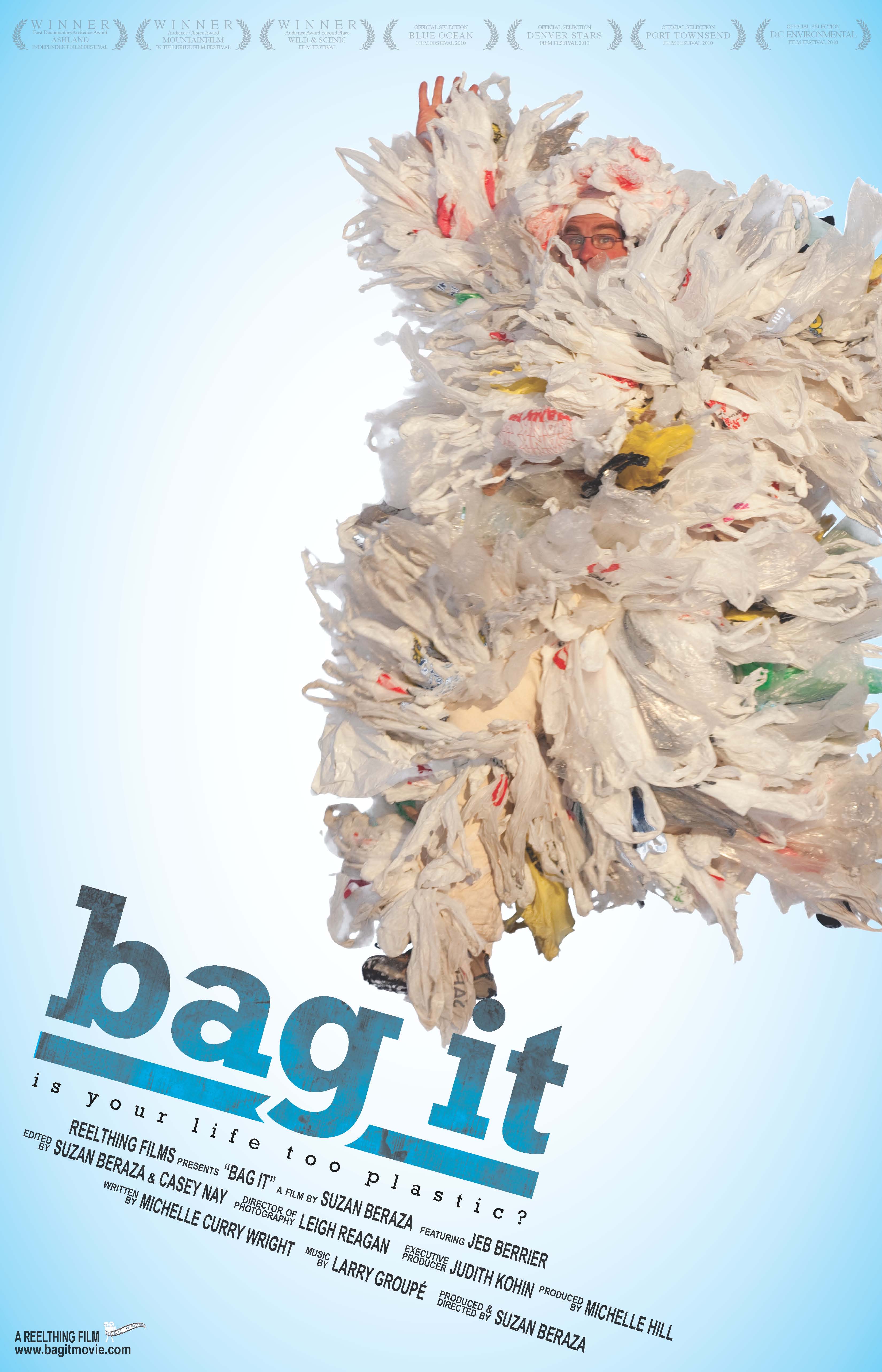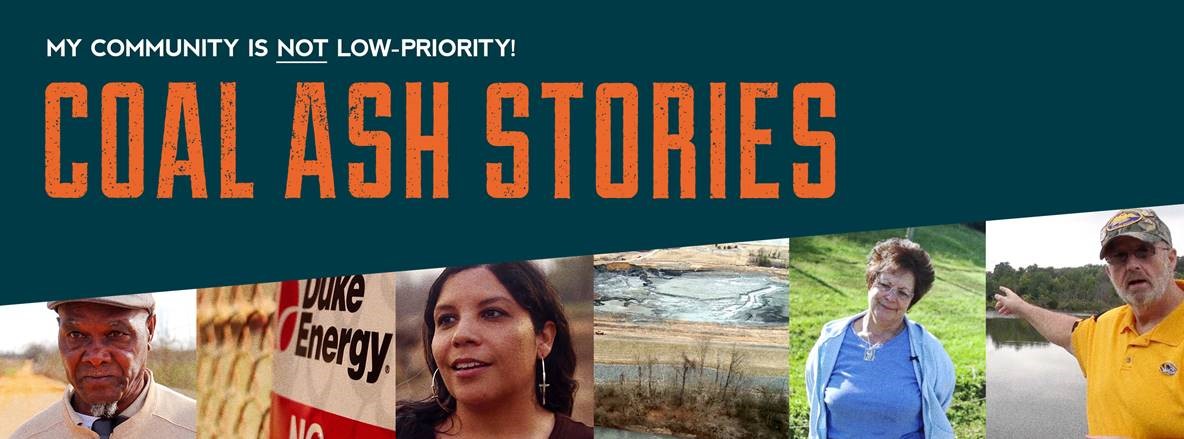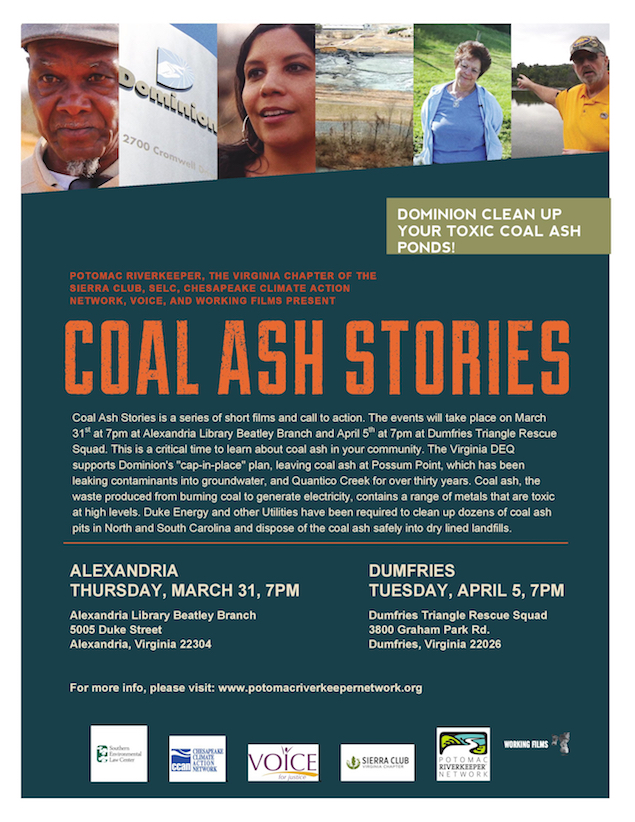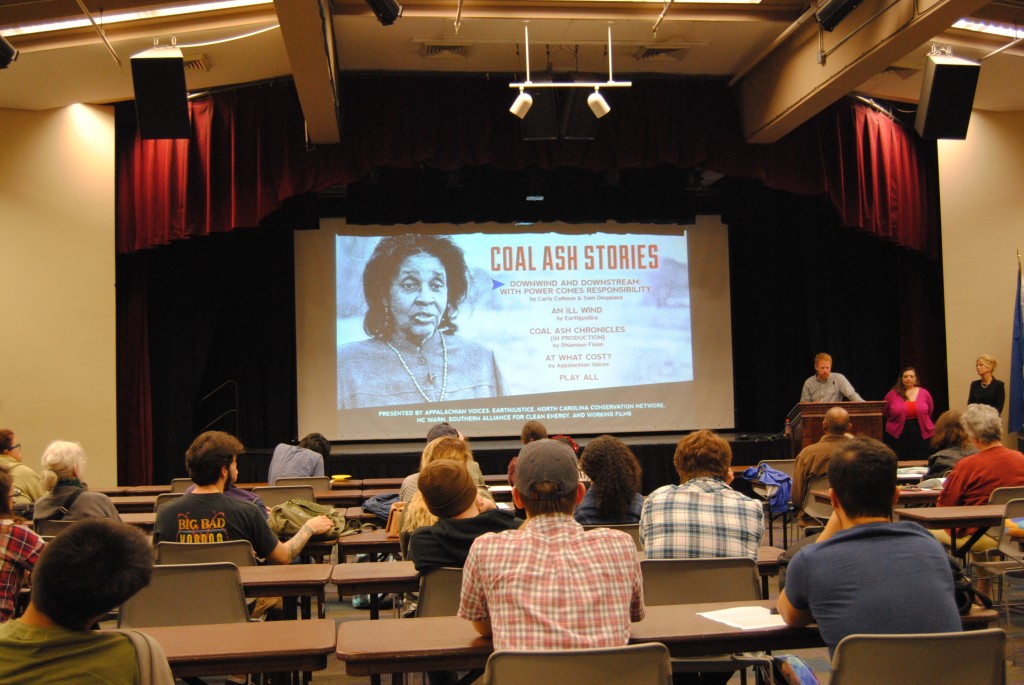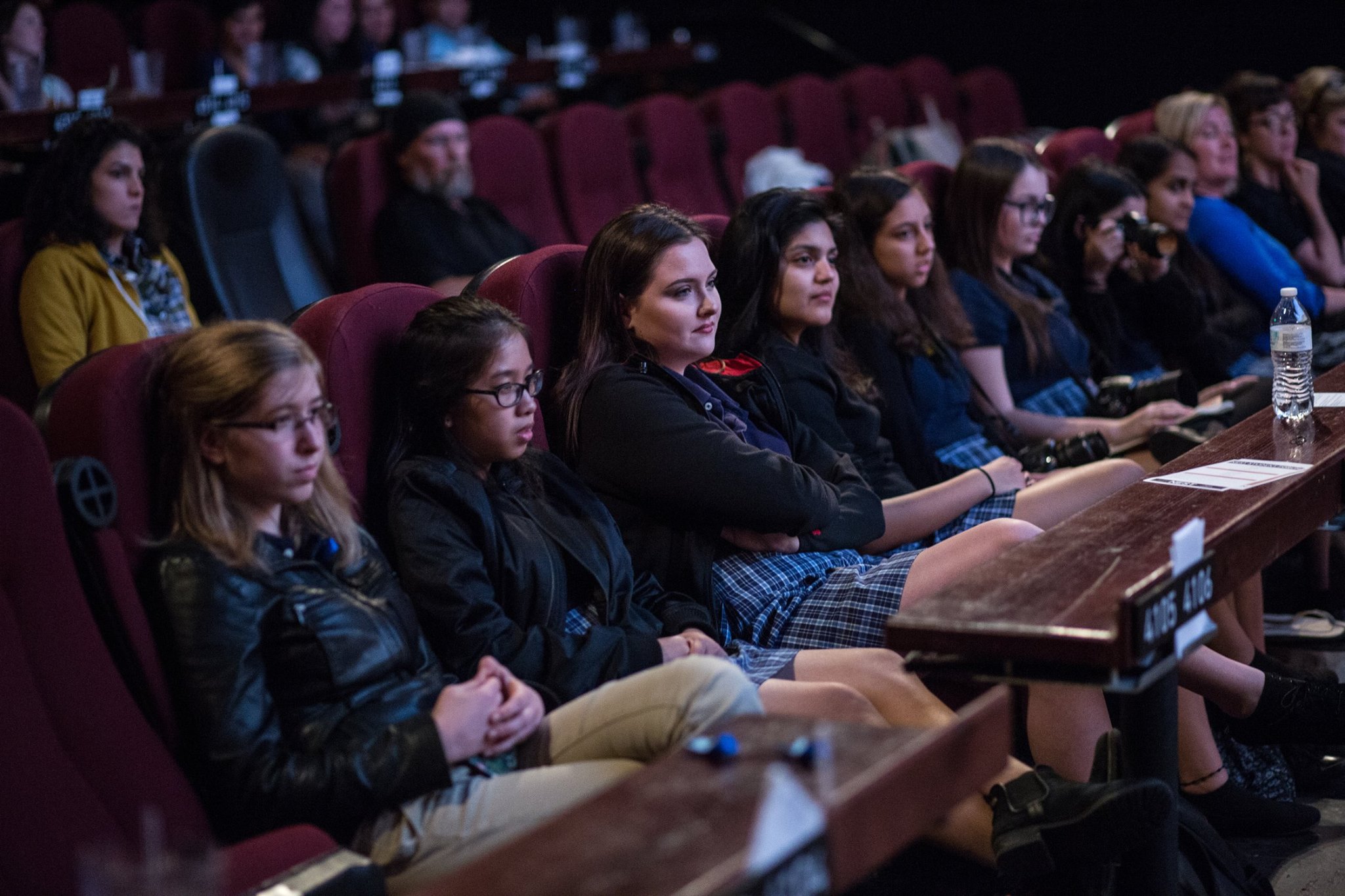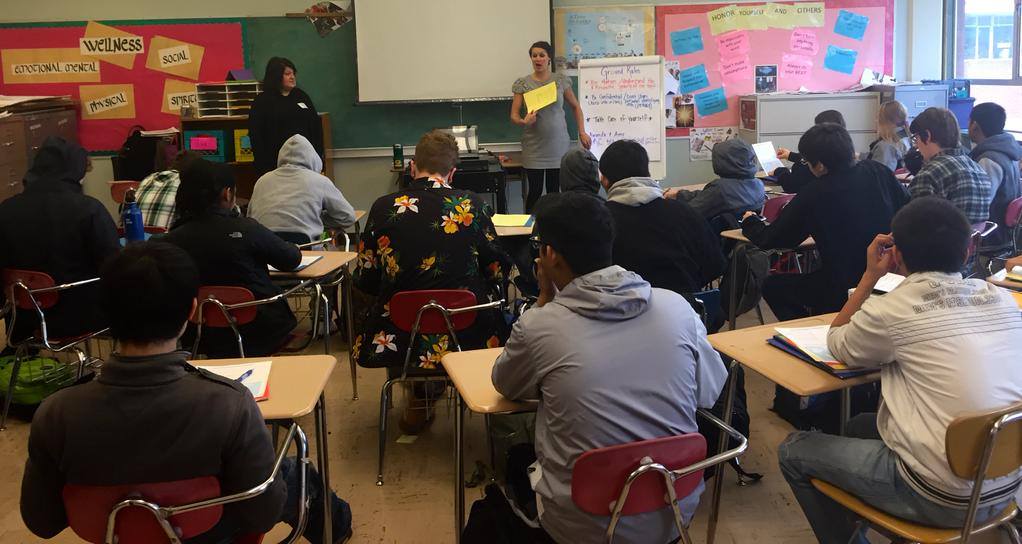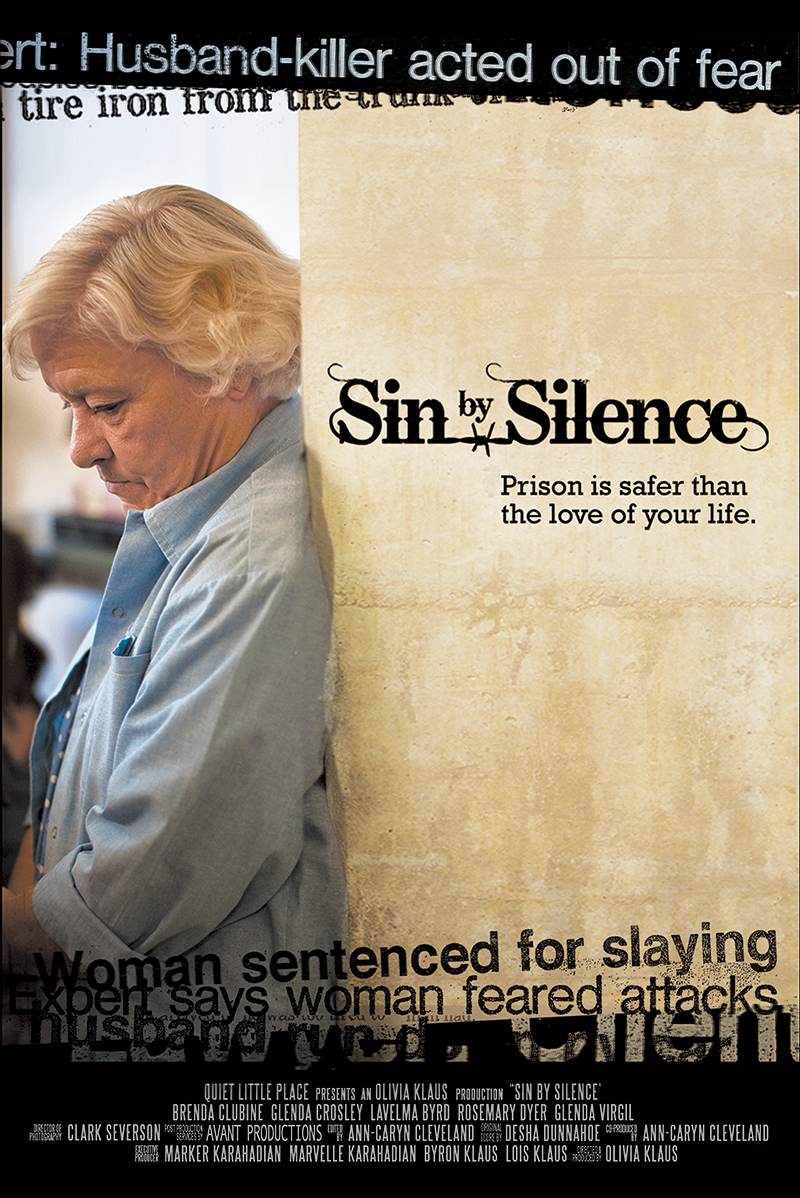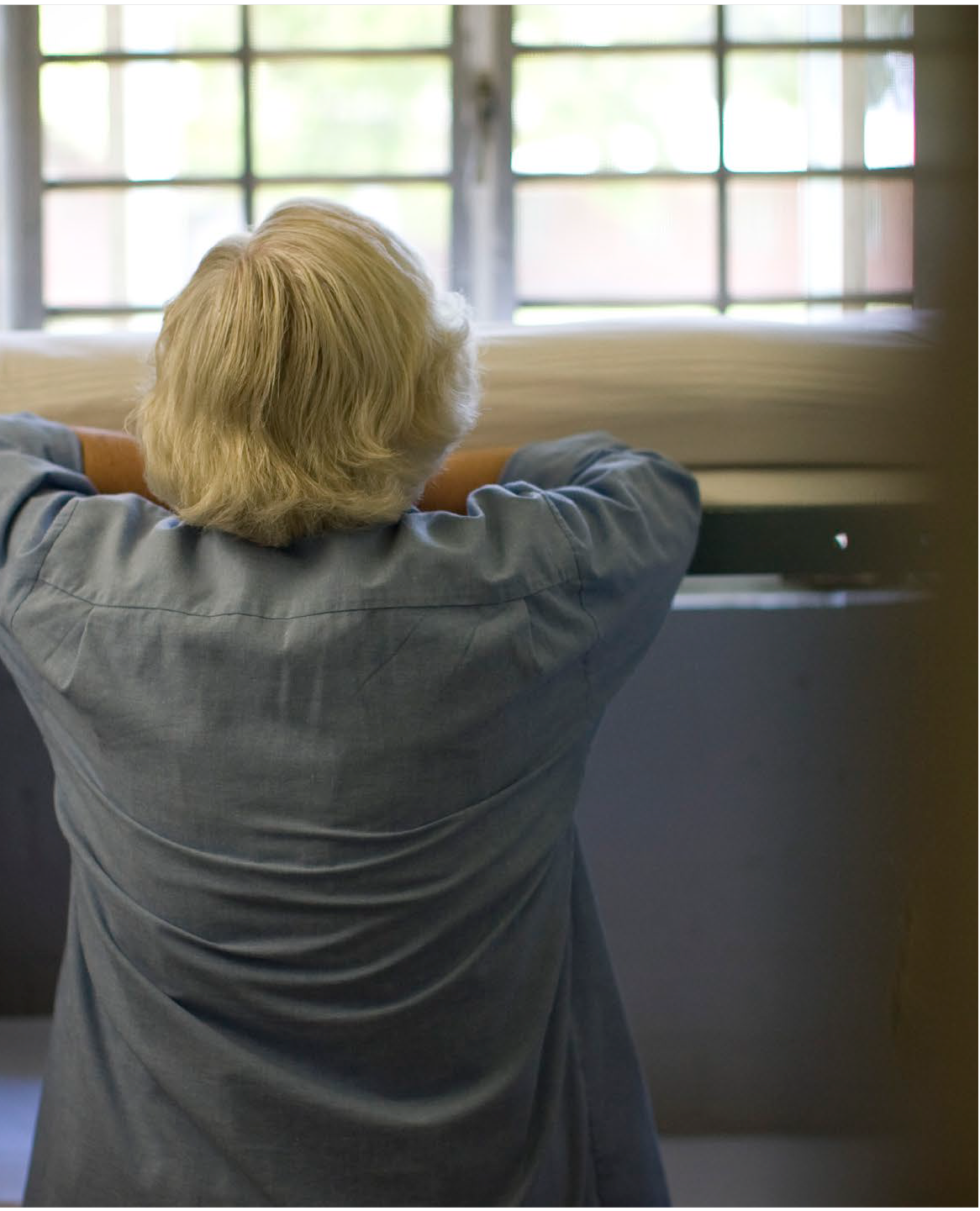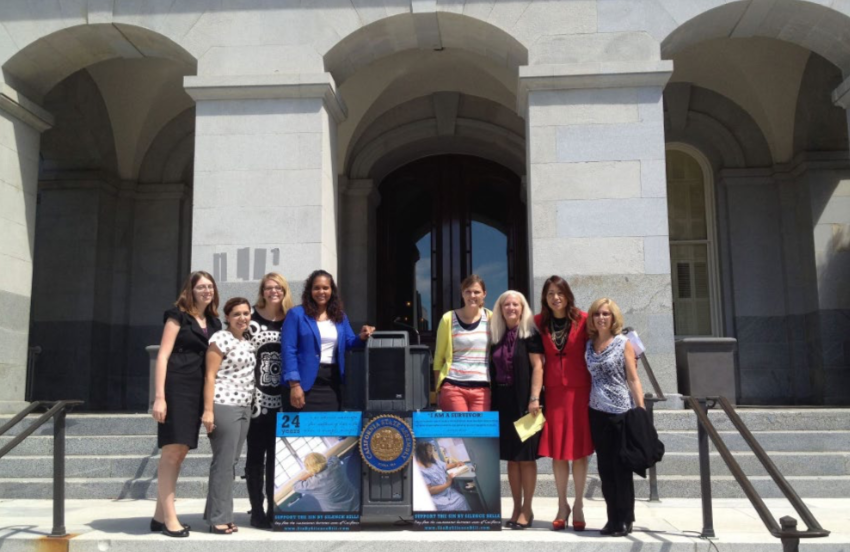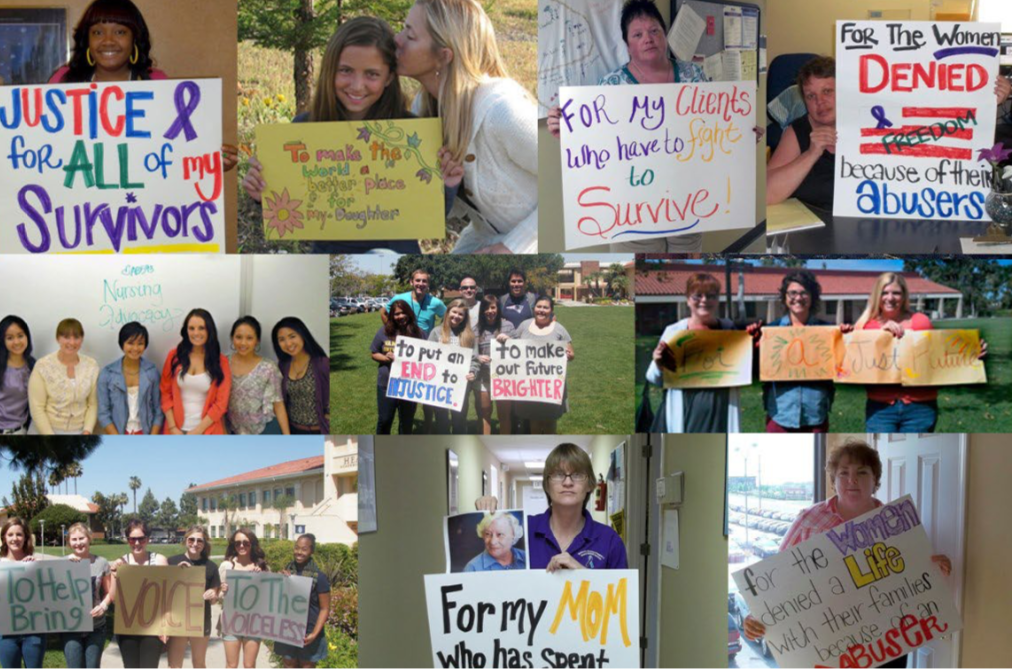BAG IT
FILM OVERVIEW
Directed by Suzan Berera and produced by Michelle Hill, Bag It premiered in 2010 and screened throughout the country for the next several years, winning 12 festival awards at both film industry and environmental film festivals.12 The official film synopsis:
Americans use 60,000 plastic bags every five minutes — single-use disposable bags that we mindlessly throw away. But where is “away?” Where do the bags and other plastics end up, and at what cost to our environment, marine life and human health? Bag It follows “everyman” Jeb Berrier as he navigates our plastic world. Jeb is not a radical environmentalist, but an average American who decides to take a closer look at our cultural love affair with plastics. Jeb’s journey in this documentary film starts with simple questions: Are plastic bags really necessary? What are plastic bags made from? What happens to plastic bags after they are discarded? Jeb looks beyond plastic bags and discovers that virtually everything in modern society-from baby bottles, to sports equipment, to dental sealants, to personal care products-is made with plastic or contains potentially harmful chemical additives used in the plastic-making process. When Jeb’s journey takes a personal twist, we see how our crazy-for-plastic world has finally caught up with us and what we can do about it. Today. Right now.13
THE JOURNEY: FROM FILM TO LOCAL POLICY ENGAGEMENT
It began with a local news story about a plastic bag reduction contest between two Colorado towns. Director Suzan Beraza was looking for a new film topic and said that “something about the reduction challenge made me want to learn more about plastic.”17 At first, Beraza said she was planning to make a short film about the contest itself, but “we came to see that there was a much bigger international story. We did some research and saw there had not been any big films about the topic. So we switched tacks and decided to make a feature length film.” The challenge was daunting:
102 billion plastic bags were used in the U.S. in 2009. These bags, even when properly disposed of, are easily windblown and often wind up in waterways or on the landscape, becoming eyesores and degrading soil and water quality as they break down into toxic bits. Their manufacture, transportation and disposal require large quantities of non-renewable resources and release equally large amounts of global-warming gases.18

